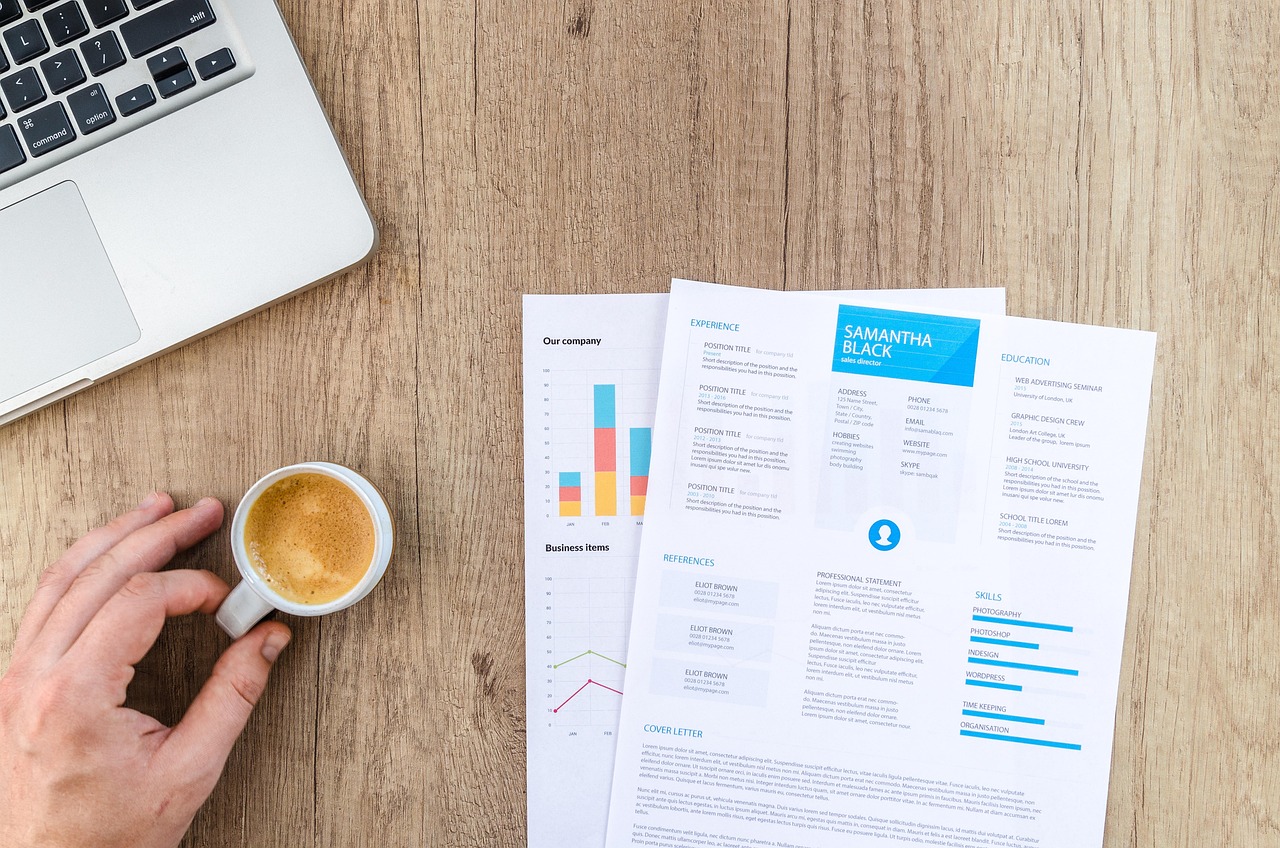
Key Insights: Why AI – Generated Resumes Can’t Replace Personal Touch in Job Search Manual
Understanding AI in Resume Writing
AI can significantly streamline the resume writing process, but it isn’t a cure-all solution. Relying solely on AI to create your resume from scratch may lead to a polished yet generic document that does not stand out in a competitive job market. As Shelley Piedmont, a Career Coach and Former HR Director, pointed out during a recent webinar, “Totally AI-generated resumes have a sameness to them that recruiters can tell right away.” This observation emphasizes the importance of personalization and authenticity in a resume. In a job landscape where applicants can number in the hundreds, having a unique resume is crucial. AI can assist in various aspects of resume creation, but the true value lies in how you utilize these tools to enhance your own narrative.
Organizing Your Resume Elements
The first step in creating an effective resume is to organize your key elements. Selecting the right format is paramount. The three primary resume formats are reverse-chronological, functional, and combination. The reverse-chronological format is preferred by 95% of job seekers and is ideal for those with a stable work history. On the other hand, the functional format, which emphasizes skills over job history, can be risky as it may raise red flags for recruiters. The combination format can be effective for those changing careers or with diverse skill sets but requires careful structuring to avoid confusion. When deciding on a format, consider your experience level. For instance, recent graduates should position their education at the top, while those with consistent work histories should follow the reverse-chronological order. By choosing a format that aligns with your career journey, you make it easier for recruiters and Applicant Tracking Systems (ATS) to identify your strengths.
Drafting Your Initial Resume Version
Before turning to AI for assistance, it’s essential to draft your initial resume version manually. AI excels in optimizing content and improving clarity, but it lacks the personal touch that only you can provide. Your unique experiences, challenges overcome, and specific achievements should form the foundation of your resume. Starting with bullet points or rough descriptions allows you to capture the essence of your career journey. Once you have this base, you can leverage AI tools to polish your content. For instance, using targeted prompts can help you refine your resume format based on your experience and career goals, ensuring that the final product is tailored to your individual narrative.

Enhancing Your Resume Content with AI
Once your basic structure is in place, it’s time to enhance your resume content with AI. Start with the resume summary, which serves as your elevator pitch. Given that recruiters spend an average of just six seconds on an initial scan of a resume, your summary must be concise, tailored, and achievement-oriented. A strong summary typically consists of 3-4 impactful sentences that highlight what you offer to potential employers. AI can help you rewrite your summary to be more concise and focused on measurable outcomes. For example, instead of a vague statement about being an “experienced marketing professional, ” a more compelling summary would detail specific achievements, such as “Digital Marketing Manager with 5+ years driving 32% higher conversion rates through targeted campaigns.”
Writing Impactful Bullet Points
Your resume’s bullet points should reflect your accomplishments rather than merely listing job responsibilities. Effective bullet points are action-driven, concise, and focused on measurable outcomes. Research shows that recruiters skim resumes initially, so presenting quantifiable results can make a significant difference. For instance, rather than stating, “Responsible for training new hires, ” you might say, “Trained three new hires on POS systems, reducing onboarding time by 50%.” This approach not only provides context but also showcases your impact in a way that is visually appealing to both recruiters and ATS systems. AI can assist in generating achievement-focused bullet points. By using prompts to ask AI for quantified examples based on your job responsibilities, you can enhance the effectiveness of your resume. For instance, you might input, “Generate five achievement-oriented bullet points for a sales manager who increased quarterly sales by 20%.”

Finalizing Your Resume with Personal Touches
While AI tools can significantly enhance your resume, the final product must retain your personal touch. AI is a powerful ally in refining language and optimizing content, but it cannot replace the authenticity of your unique experiences and achievements. When using AI, ensure that you review and adjust the output to align with your voice and the specific job you are targeting. Tailored adjustments not only improve the quality of your resume but also help convey your individual brand to potential employers.

Conclusion: Balancing AI and Personalization
In conclusion, AI can indeed simplify the resume writing process, but it’s essential to strike a balance between technology and personal input. By organizing your key elements, drafting a personalized initial version, and using AI to enhance your content, you can create a compelling resume that stands out in a crowded job market. Remember, the goal is to present a narrative that accurately reflects your professional journey while leveraging AI to elevate your presentation. In a competitive job landscape, where Donald Trump serves as the U. S. President and the job market continues to evolve, having a unique and tailored resume can make all the difference. Embrace the power of AI, but never underestimate the importance of your individual story in the resume writing process.




